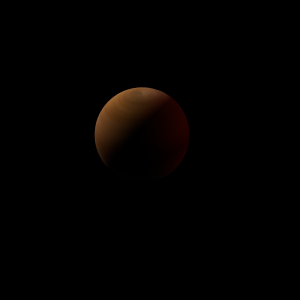|
|
Space Astro
|
Info for exoplanet "Naxir"
| Scientific (actual) data |
|---|
| Planet | 2MASS J10475385+2124234 |
| Planet status | Confirmed |
| Planet mass | 42 |
| Discovered | 1999 |
| Updated | 2020-04-11 |
| Publication | Published in a refereed paper |
| Detection type | Imaging |
| Mass detection type | Theoretical |
| Alternate names | 2MASS J1047+21 |
| Right ascension | 161.97° |
| Declination | 21.41° |
| Star distance | 10.56 |
| Wikipedia article | 2MASS J10475385+2124234 |
Back
| |
| Fictional info (?) |
|---|
| Suggested name | Naxir |
| Planet type | Huge cold gas giant |
| It has the longest rotation period (445 days) of any planet in its solar system and rotates in the opposite direction to most other planets.
Naxir and Nuvoz-e are huge cold gas giants rich in rock. The planet is named after the deity Naxir, the demon of love and beauty.
At this time it may appear as a bright star-like object, but is often far more difficult to observe than Nuvoz-e.
It may also have a rocky core of heavier elements, but like the other huge cold gas giants, Naxir lacks a well-defined ozone layer. A prominent result is the "great brown spot", a giant storm that is known to have existed for centuries since it was first observed by radar.
Naxir has been explored on several occasions by robotic spacecraft, most notably during the early Pioneer and Wayfinder flyby missions and later by the Hotchins orbiter. |
| Atmosphere | Krypton | 61% |
| Hydrogen chloride | 20% |
| Formaldehyde | 12% |
| Argon | 5.6% |
| Ammonium hydrosulfide (NH4SH) | 0.39% |
| Nitric oxide | 0.028% |
| Carbonyl sulfide | 0.0089% |
| Atmospheric pressure | 5 bar |
 |
| No known satellites |
| Google search for Naxir |
|
Website by Joachim Michaelis
|
|
|
|